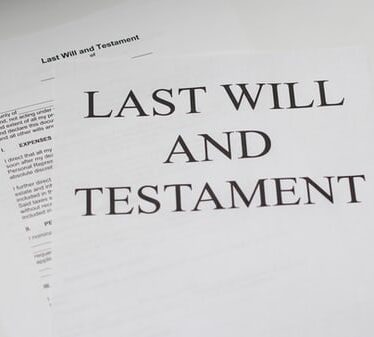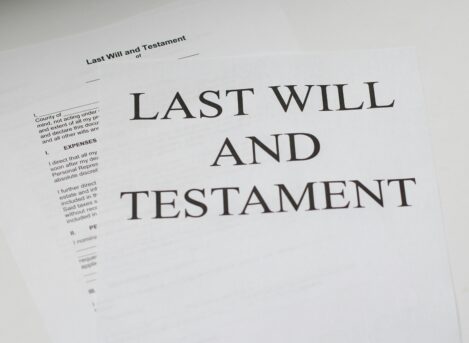Generally, every estate plan requires a will, but this main attraction may be complemented by other documents, like a letter of instructions. The letter, unlike a valid will, isn’t legally binding, but can be valuable to surviving family members.
If you haven’t done so already, draft a letter of instructions and, most important, make sure that others know where and how to locate it.
The basic elements
Although the content can vary from person to person, one of the main purposes of a letter of instructions is to provide details on final wishes that haven’t been covered in the will. Think of the letter as a way to fill in some of the “gaps” or resolve matters left open to interpretation.
For example, a letter of instructions may cover the music you want played during a wake or the nature of postings on social media accounts. In some cases, a letter might even list potential schools for your grandchildren to attend or the religious beliefs you hope they follow.
Furthermore, the letter can detail vital financial information that has been omitted or glossed over in the will. Typically, this will include an inventory of real estate holdings, investment accounts, bank accounts, retirement plan accounts and IRAs, life insurance policies, and other financial assets.
Along with the account numbers, list the locations of the documents, such as a safe deposit box or file cabinet. And don’t forget to provide the contact information for your estate planning team. Typically, this will include your attorney, CPA, financial planner and life insurance agent. These professionals can assist your family during the aftermath.
In today’s digital age, access to financial accounts is password protected. Therefore, you should provide the relevant passwords or at least point to where and how passwords can be recovered. Because this information is sensitive, make sure that outsiders can’t access it.
Similarly, provide passwords to your email addresses and social media accounts. Instruct your family on how to notify friends and family of a passing.
Details to cover
There are no hard-and-fast rules for writing a letter of instructions. The basic elements are outlined above, but the choices are ultimately up to you. Remember that the letter isn’t legally binding, so there are no obligations to include any particular item. Conversely, you can say pretty much whatever else you want to say.
Your letter can go into as much or as little detail as you like. However, you’ll probably want to provide simplified guidelines for your loved ones to follow during an emotional time. Keep that in mind when you put your thoughts into writing.
Also, you don’t have to write the letter in a single sitting. If you’re experiencing writer’s block, come back to it at another time. You may find it helpful to jot down notes when things occur to you and eventually summarize these thoughts in a final version. If you’re still having difficulty, contact your estate planning advisor.
Not a static document
Completing the letter of instructions isn’t the end of the story. You may have to revisit it for rewrites or edits you didn’t accommodate before. For example, you could have neglected to specify certain accomplishments you want mentioned in an obituary.
In addition, it’s likely that some of your personal information will change over time, such as bank account numbers and passwords. Update the letter when warranted. Think of it as an ongoing process.
Finally, make sure that the letter is secured in a safe place. Any printed version should accompany your will or be located somewhere else that is accessible to trusted family members. At the same time, you must be able to update the letter whenever you need to.
Gather your thoughts and get to work
A letter of instructions can’t override a will, but it does provide clarity. Don’t put off this task any longer.






